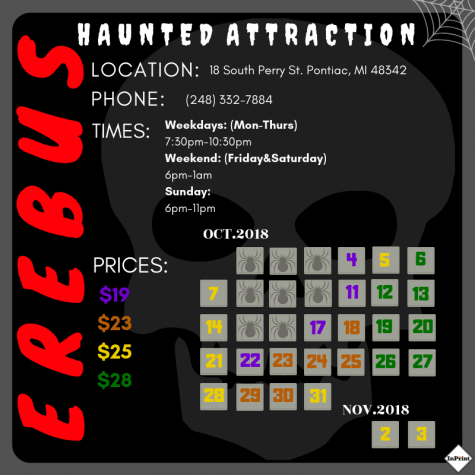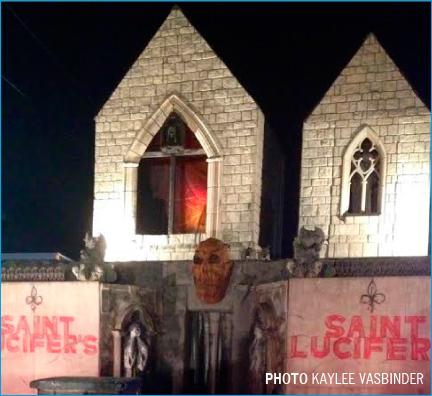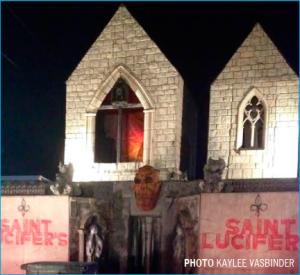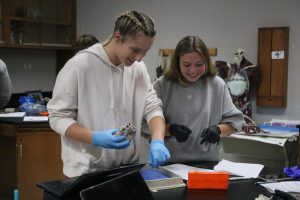The history of Halloween
October 31, 2018
One of the most common lessons a parent ever teaches their child is to not accept gifts from strangers. According to CNN, seven out of 10 Americans will hand out candy on Halloween, which means that kids will be accepting a lot from people they don’t know on Oct. 31. Exploring the ancient origins of Halloween explains how such a tradition came to be.

By: Sydney Bommersbach
Ancient Origins
The origin of Halloween can be traced back 2,000 years to a festival called Samhain, celebrated by the Celtic people in Europe. The holiday commemorated their new year on Nov. 1, and on this day they believed that the worlds between the living and dead became overlapped. On the night of Oct. 31, the Celts believed the souls of the dead came back to earth. This was commemorated by a large sacred fire in the town, where people would burn crops and animals as sacrifices to their gods and goddesses.
All Souls’ Day
Following the course of history, Christianity seeped into Celtic lands and in 1000 C.E., the church renamed Nov. 2 All Souls’ Day. Still intended to honor the dead, it is believed that the church was trying to replace the Celtic festival with their own holiday.
Celebrated very similarly to Sahmain, big bonfires and town parades occured. All Souls Day was also called All-Hallows or All-Hallowmas. The night before was called All-Hallows Eve, which would eventually become the name Halloween.
Halloween Comes to America
With strict Protestant beliefs in the New England area, the holiday was only recognized in Maryland and southern colonies at first. The colonial Halloween celebration included the townspeople sharing stories of the dead, trying to tell each others fortunes, singing and dancing. In the second half of nineteenth century, Halloween was spread across the United States by the Irish immigrants fleeing the Irish Potato Famine.
Trick-or-Treating
Centuries after Samhain, people dressed up as ghosts, demons or other evil creatures and performed tricks or pranks for food. Know as Mumming, this tradition was the first sign of trick-or-treating.
More similarities can be drawn from All Souls’ Day when poor people would visit wealthy houses and receive pastries called soul cakes, as long as they promised to pray for the souls of the homeowners deceased relatives. This activity was soon taken up by children who would go around town asking for money and food.













